David Snyder – Real World NLP
$997.00 Original price was: $997.00.$13.00Current price is: $13.00.
David Snyder Real World NLP Course [Instant Download]
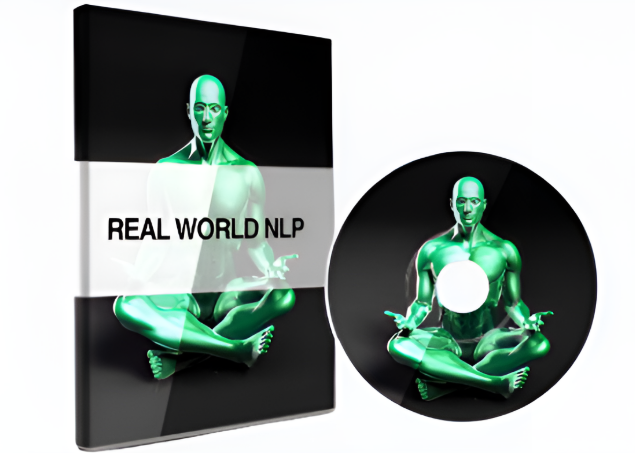
1️⃣. What is Real World NLP:
David Snyder’s Real World NLP teaches you practical Neuro-Linguistic Programming skills for communication and personal change.
This certification program shows you how to use NLP techniques in everyday situations – from business meetings to personal relationships.
You’ll learn how to influence ethically, remove limiting beliefs, and create rapid transformations in yourself and others. The course combines traditional NLP with clinical hypnosis techniques for lasting results.
📚 PROOF OF COURSE
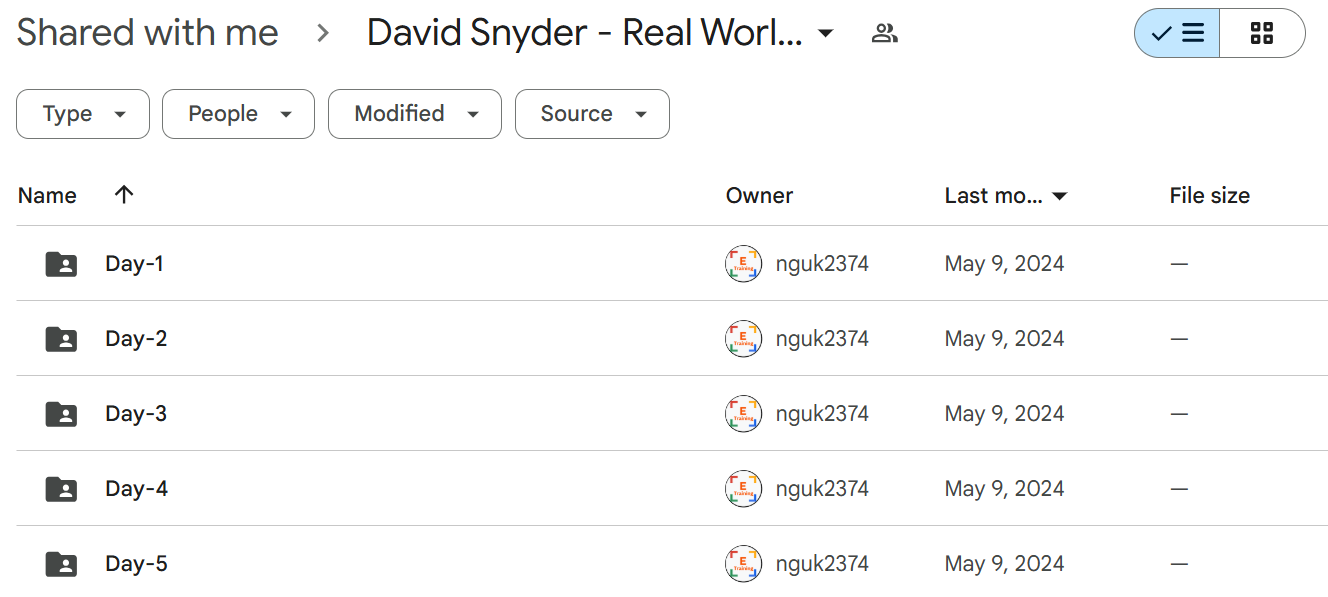

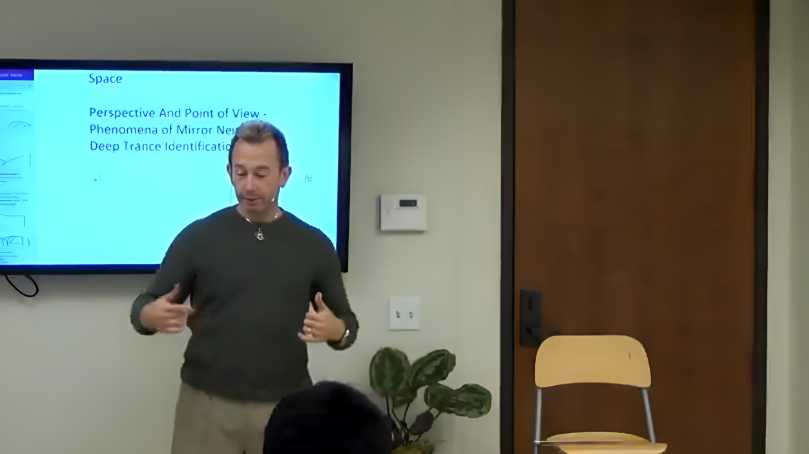
2️⃣. What you’ll learn in Real World NLP:
This intensive NLP certification program teaches you practical applications of Neuro-Linguistic This NLP certification program shows you how to use powerful communication and change techniques in real situations. Here’s what you’ll learn:
- Master Communication: Use proven language patterns to build instant connections with people
- Create Fast Change: Help yourself and others transform quickly using NLP methods
- Work with Beliefs: Learn to remove blocks and install empowering beliefs
- Use Advanced NLP: Apply holonomic and holographic techniques for deeper change
- Sharpen Your Senses: Develop better awareness of subtle communication signals
- Copy Success: Learn how to model and install winning behaviors from experts
When you finish the course, you’ll know exactly how to use these NLP tools in your daily life and work.
3️⃣. Real World NLP Course Curriculum:
✅ Day 1: Foundations & Personal Change Techniques
Day 1 establishes the core principles of NLP, beginning with an introduction to the Critical Path of Influence and modeling excellence. Students learn about subjective reality construction and how sensory systems (VAKOG – Visual, Auditory, Kinesthetic, Olfactory, Gustatory) form our internal representations, including how to read eye accessing cues.
The day advances into practical change techniques including strategies analysis, submodality work, and the powerful Swish Pattern for habit change. The final session addresses perspective shifts, belief change methodologies, and techniques for overcoming resistance to change—setting the foundation for all subsequent work.
✅ Day 2: Psychological Drivers & Time Perception
Day 2 explores deeper psychological structures including values hierarchies, the Zeigarnik Effect (how unfinished tasks persist in memory), and metaprograms that filter our perception. Students learn to identify key values that drive decision-making and behavior.
A significant portion focuses on time perception distinctions—”In Time” versus “Through Time”—and introduces the Compulsion Blowout technique for dissolving unwanted urges. The day continues with advanced perspective work and language predicates that reveal thinking styles.
The day concludes with strategy installation techniques and practice sessions on eliciting strategies from others—enabling students to understand and potentially influence decision-making processes.
✅ Day 3: Anchoring & Pattern Work
Day 3 centers on anchoring—techniques for associating resourceful states with specific triggers. Students learn basic anchoring, then advance to chaining anchors for sequential state changes and sliding anchors for attitude adjustments.
The curriculum progresses to complex equivalents (how we connect meanings), frames that control perception, and chunking information for better processing. Students practice collapsing anchors to neutralize negative responses and learn personality modification techniques.
The final session introduces the Fast Phobia Cure—a rapid technique for neutralizing fear responses—and explores language patterns involving deletions and generalizations that shape how we communicate and perceive reality.
✅ Day 4: Advanced Communication & Hypnotic Language
Day 4 focuses on interpersonal influence, beginning with establishing rapport through matching and mirroring techniques. Students learn rapport management skills, including the strategic breaking of rapport, and push-pull dynamics in conversations.
The middle sessions introduce the Metamodel (precision language for clarity) and Milton Model (artfully vague language for hypnotic influence). Students explore linguistic distortions, preframing techniques, and modal operators that reveal belief boundaries.
The day concludes with advanced language work including nominalizations (turning processes into things) and hypnotic installation methods—teaching students how to package ideas for maximum acceptance and integration.
✅ Day 5: Integration & Practical Application
The final day synthesizes previous learning with practical applications, beginning with motivation direction (Towards/Away), ethical considerations, and crafting well-formed outcomes. Students then focus on developing sophisticated language patterns for influence.
Middle sessions cover pattern interrupts to break unwanted states, descriptive language techniques, and spatial language that leverages physical positioning for impact. The Kern Pattern and analogue marking methods are introduced for embedded communication.
The program culminates with extensive practice of embedded commands, student-led drills for skill integration, and graduation activities. The final session includes exposure to additional resources and products for continuing education in NLP methodologies.
4️⃣. Who is David Snyder?
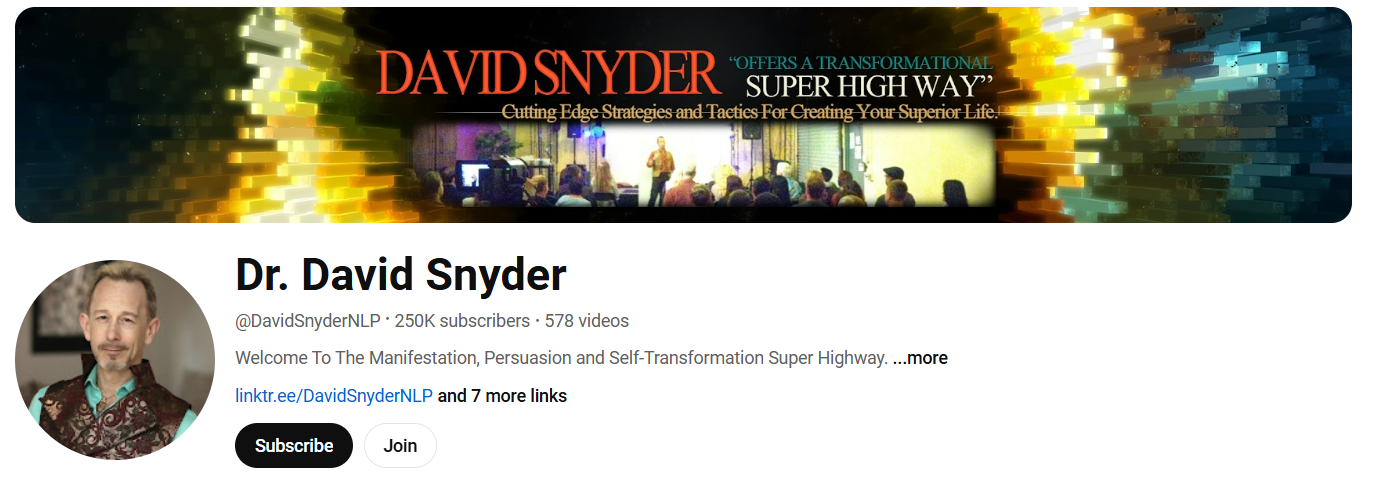
David Snyder is a skilled hypnotherapist and NLP trainer who teaches effective communication and personal change techniques. He specializes in clinical hypnosis, NLP, and body language.
He combines NLP with hypnosis techniques to help people overcome challenges quickly. His methods have helped thousands achieve real results in their lives.
Snyder focuses on practical applications, not just theory. He teaches students how to use these skills in real situations – from business to personal growth.
His training has helped therapists, coaches, and professionals worldwide. Many see him as a leader in making NLP work in everyday life.
5️⃣. Who should take David Snyder Course?
This NLP course is for anyone who wants to become better at communication and helping others change. The course fits:
- Coaches and Therapists who want better tools to help their clients
- Business People who need to communicate and influence effectively
- Self-Growth Learners who want to master personal change methods
- NLP Students who want to improve their existing skills
- Change Experts who need practical tools that work in real life
Whether you’re just starting with NLP or already know the basics, you’ll learn techniques you can use right away in your work and life.
6️⃣. Frequently Asked Questions:
Q1: What exactly is NLP (Neuro-Linguistic Programming)?
NLP is a set of tools that help you understand and change how your mind works. It shows you how to communicate better, change unwanted behaviors, and create new positive habits using language and mental techniques.
Q2: Can NLP really help with personal change?
Yes, NLP works by finding and changing the thoughts and language patterns that create your current behaviors. When you use the right NLP technique, you can often create changes in minutes or hours instead of weeks or months.
Q3: Is NLP the same as hypnosis?
No, but they work well together. NLP focuses on conscious communication and behavior patterns, while hypnosis works with the unconscious mind. Many practitioners use both for better results.
Q4: How long does it take to learn basic NLP skills?
Most people can learn basic NLP skills like rapport building and simple language patterns in about 2-4 weeks. Advanced techniques like belief change work and complex strategies typically take 2-3 months to master.
Q5: Is NLP scientifically proven?
While some NLP techniques have research support, especially in communication and phobia treatment, not all methods are scientifically validated. However, many people report practical benefits in their personal and professional lives.
Be the first to review “David Snyder – Real World NLP” Cancel reply
You must be logged in to post a review.
Related products
Emotional Connection
Emotional Connection
Emotional Connection
Building Connection
Chemistry Building
Romantic Connection
Sexual Tension


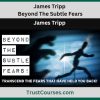
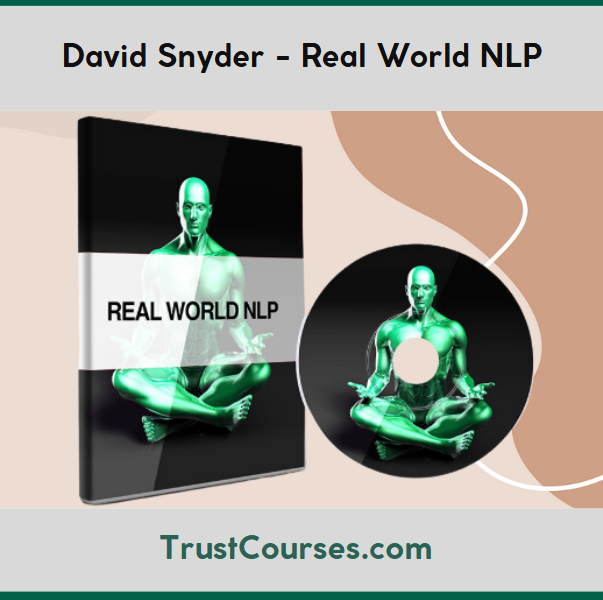
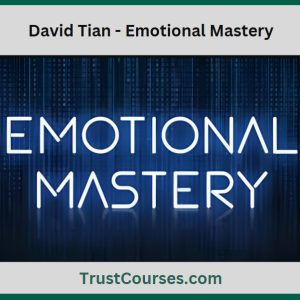

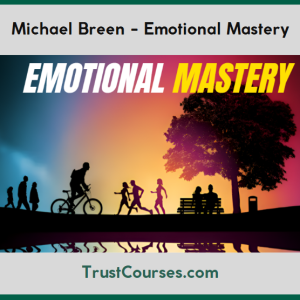

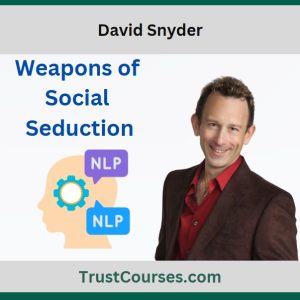

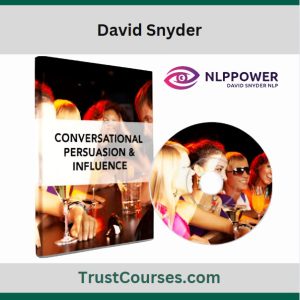

Reviews
There are no reviews yet.